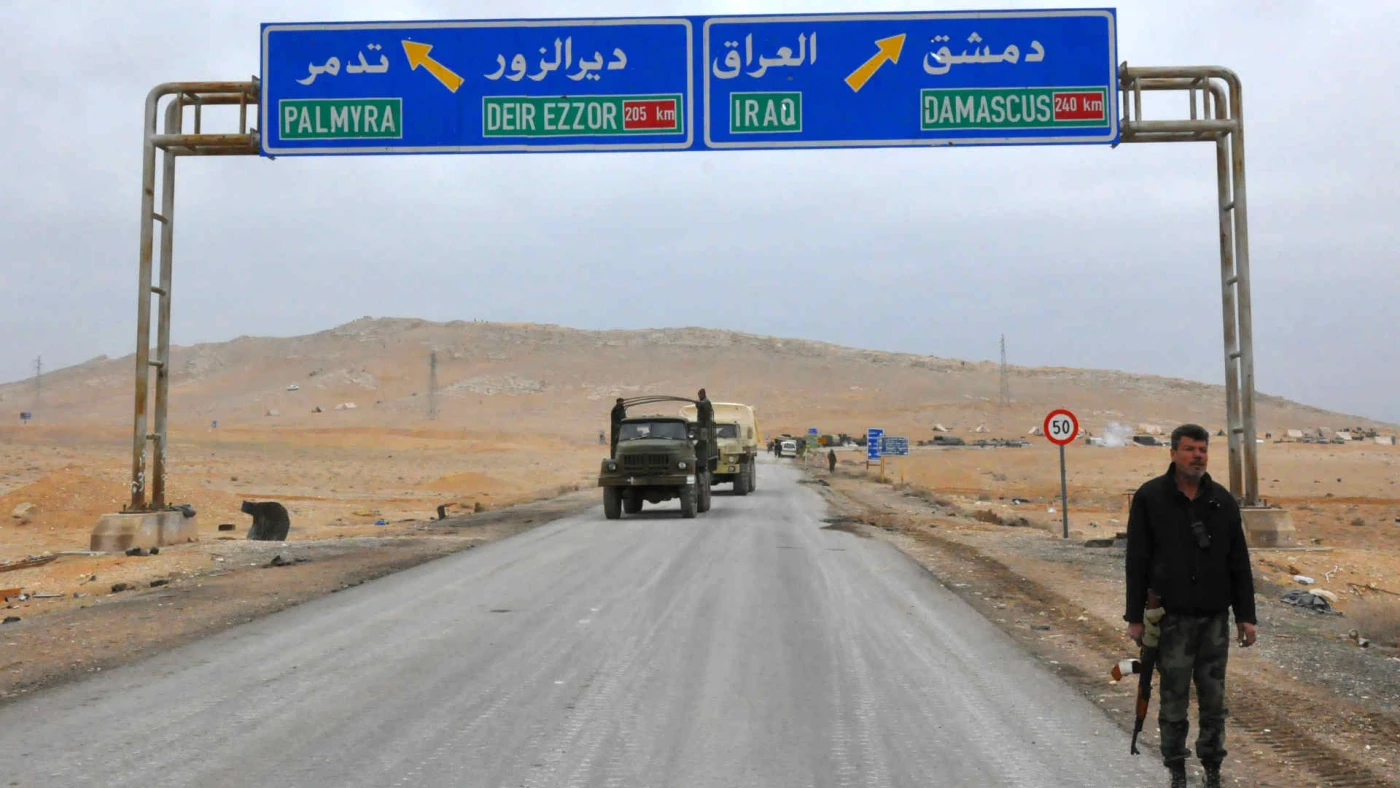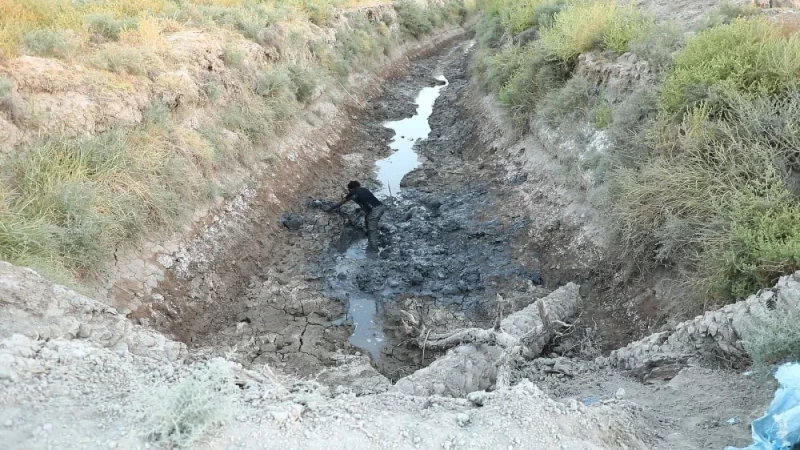The Iraqi Border Crossings Authority has made substantial progress in its electronic networking project, according to project consultant Ahmed Izzadin.
Speaking on Friday, Izzadin confirmed that the first phase of network linkage has been completed, with all border crossings now connected via fiber-optic cables and equipped with state-of-the-art infrastructure, improving network devices and servers.
The development ensures all systems are now linked to the Border Crossings Operations Center.
#Iraq completed 100% of the first phase of its #border ports networking project, connecting all ports via fiber optic cables, Iraqi state media reported on Friday#TheNewRegion pic.twitter.com/xngQWINQGy
— The New Region (@thenewregion) July 5, 2024
Izzadin highlighted that this networking linkage marks a significant step towards digital transformation and system automation within the authority.
The newly implemented Border Crossings Management Program now allows for live transmission of images from sonar devices directly to the operations center.
This capability enhances the authority’s ability to monitor border activities in real-time, combating corruption and reducing pressure on staff by tracking the movement of trucks and goods from their entry into the country until their exit.
The General Customs Authority has also been working on improving its systems to streamline operations.
At the end of May, the authority confirmed that efforts are ongoing to implement the ASYCUDA system, an internationally recognised platform that will gradually replace existing electronic declaration system across all centers.
Authority Head Hassan Al-Aqili explained that the ASYCUDA system is more reliable and robust, offering enhanced capabilities over the current system. It is already in use in six centers and will be rolled out to additional locations incrementally.
In addition to the ASYCUDA implementation, the General Customs Authority is advancing a single-window system designed to unify all state institutions involved in customs work.
Al-Aqili explained that this system will significantly simplify procedures for both importers and exporters, contributing to more efficient and legitimate trade operations.
By integrating all relevant agencies into a single interface, the single-window system is expected to expedite the completion of customs processes, improving accuracy and speed.



 Facebook
Facebook
 LinkedIn
LinkedIn
 Telegram
Telegram
 X
X


